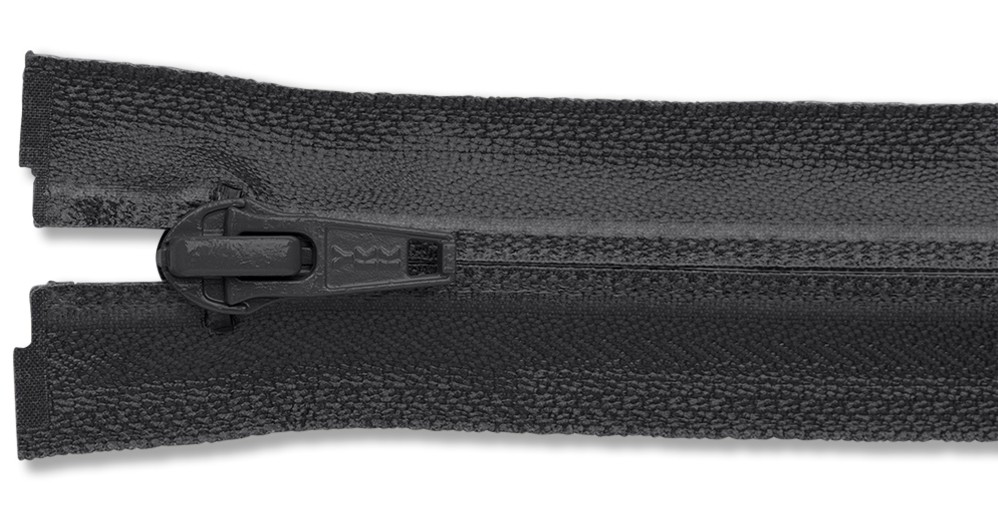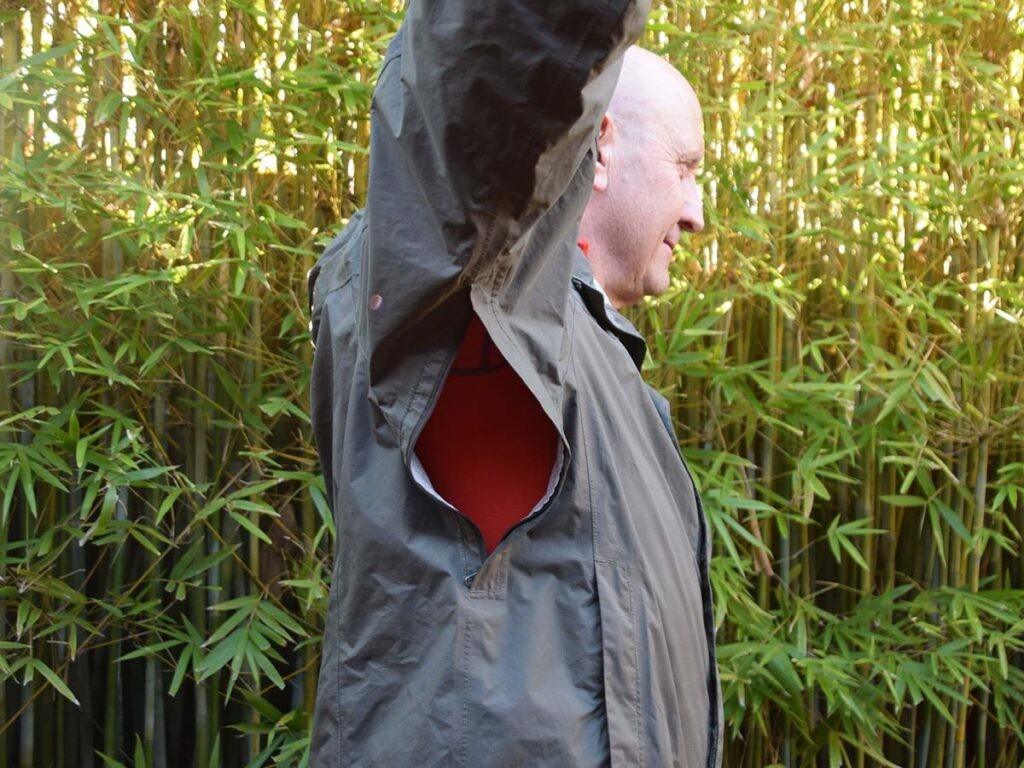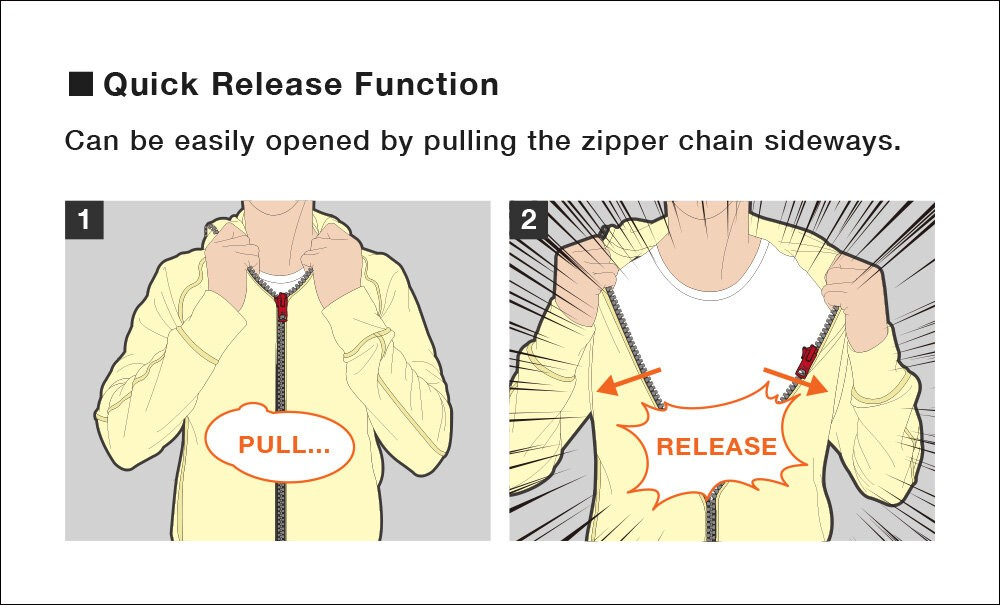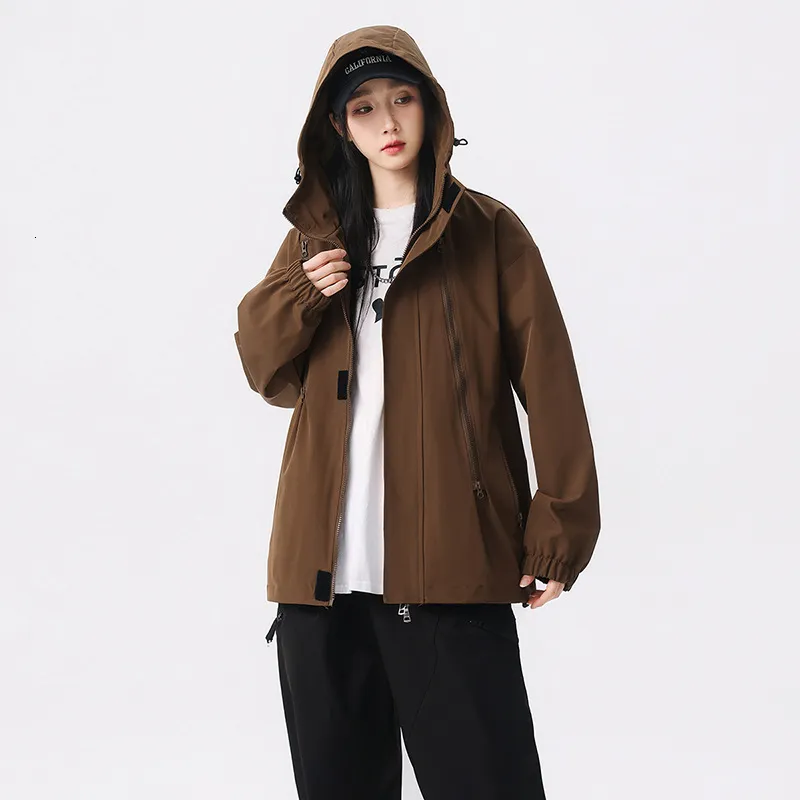Zippers play a crucial role in outdoor garments, serving not just as simple fasteners but as key elements that enhance functionality, comfort, and safety. From wind and water protection to easy donning and doffing, the design and selection of zippers directly impact the overall performance of outdoor apparel.
1. Functionality: Sealing and Protection

The primary task of outdoor garments is to protect the wearer from harsh weather conditions. Zippers play a central role in this, especially waterproof zippers. For instance, YKK's AquaGuard® zippers, by laminating a polyurethane film on the reverse side of nylon zippers, achieve excellent waterproof performance, effectively preventing rain and moisture from penetrating. These zippers are widely used in hardshell jackets, mountaineering pants, and outdoor tents, ensuring dryness inside even in wet environments.
Beyond waterproofing, zippers also provide effective wind protection. Many outdoor garments feature a
“wind flap” or storm flap designed on the outside of the zipper, which, when used in conjunction with the zipper, further blocks cold wind intrusion and enhances warmth.
2. Comfort: Breathability and Adjustment

During outdoor activities, the body generates a lot of heat and sweat. Zippers, especially two-way zippers and pit zips, provide wearers with flexible options for ventilation and temperature regulation. Two-way zippers allow opening from both ends simultaneously, facilitating localized heat dissipation without fully removing the garment, for example, during long drives or backpacking. Pit zips are a common design in hardshell jackets, enabling quick expulsion of moisture generated by the body, keeping the interior dry and preventing stuffiness.
3. Convenience: Donning, Doffing, and Operation

The convenience of zippers is one of the reasons they are indispensable in outdoor garments. Compared to buttons, zippers allow for quick and smooth donning and doffing. In emergencies, such as needing to quickly address an abdominal injury, a two-way zipper can be opened rapidly from the bottom, facilitating rescue. Furthermore, some high-end zippers, like YKK’s “Snag-Free Zipper,” are specially designed to reduce the risk of snagging, allowing for reliable operation even in dark or urgent situations.
4. Durability and Reliability

The outdoor environment demands higher durability from clothing. As frequently used components, the quality of zippers directly impacts the lifespan of the garment. Outdoor apparel typically uses high-quality zippers, such as metal zippers, nylon zippers, and resin zippers, each with different characteristics to suit various applications. For example, metal zippers are known for their robustness and durability, while nylon zippers are prized for their lightness and flexibility. Renowned zipper brands like YKK and IDEAL ZIPPER, through their stringent quality control and innovative technologies, ensure the reliability of zippers in extreme conditions, such as smooth operation without deformation even at temperatures as low as -30 degrees Celsius.
5. Design and Aesthetics

Beyond functionality, zippers have also become an integral part of outdoor garment design, influencing overall aesthetics. Zippers of different materials, colors, and styles can add unique visual effects to clothing. For instance, some brands utilize asymmetrical zipper designs or special colors to enhance the garment’s fashion appeal and distinctiveness.
Conclusion
In summary, zippers in outdoor garments are more than just simple fastening devices; they are critical components that integrate functionality, comfort, convenience, durability, and aesthetics. Choosing the right zipper is paramount to enhancing the overall performance of outdoor apparel, and together, they form a solid line of defense for outdoor adventurers against the challenges of nature.
Post time: Jul-15-2025





